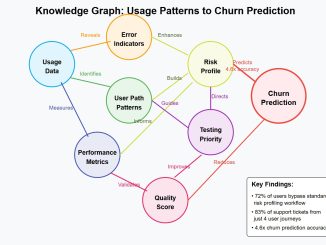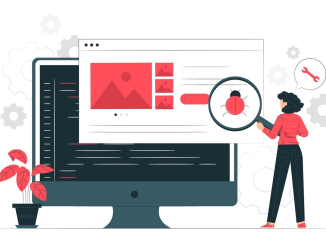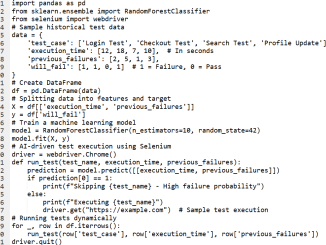Software Testing Articles: Load Testing, Unit Testing, Functional Testing, Performance Testing, Agile Testing, DevOps
Product usage analytics are an untapped gold mine for software quality assurance teams. This article shows how linking user behavior and connecting to quality strategy through knowledge graphs, applications can improve both technical and business quality.
Testing software right away and at an early stage in the software development cycle is a key best practice that saves not only time but also money. Tests allow us to catch bugs and problems when the code is being written in order to fix them more easily. With more and more software becoming complex, it’s crucial to have a strong testing strategy, which is why many businesses collaborate with a software development agency to ensure quality and efficiency.
Cyberattacks are becoming more advanced and are occurring more often, with the cost of cybercrime expected to reach $15.63 trillion by 2029. Older security methods just can’t keep up with evolving threats, which is where Artificial Intelligence (AI) and Machine Learning (ML) come in.
We continue our series of articles focused on testing systems that incorporate Multi-Factor Authentication (MFA or 2FA) security mechanisms. In our previous article about MFA testing, we explored why companies operating in regulated industries must adopt these mechanisms to strengthen their security.
In an industry where financial transactions, personal data, and live betting are integral, the reliability and security of horse racing apps must be airtight.
In this article, Priya Yesare explains why AI driven software testing is faster, more efficient and more reliable. AI addresses the limitations of traditional test automation by incorporating machine learning, large language models (LLM), natural language processing and predictive analysis to automate complex tasks with improved accuracy.
When reviewing thousands of lines of code and testing all the different use cases imaginable, it can be challenging to know where to begin or what to prioritize first.








